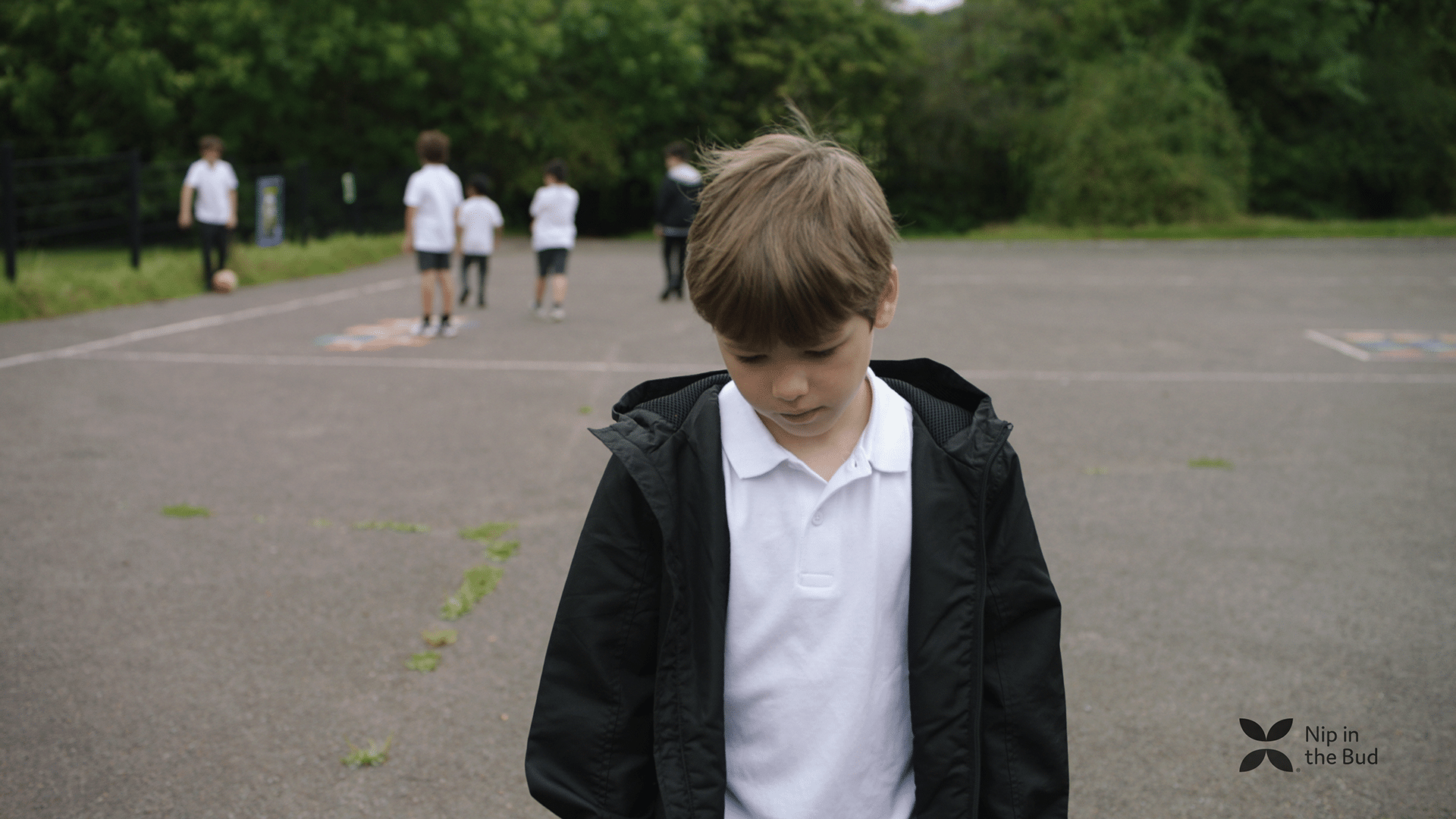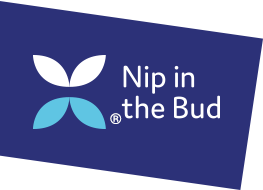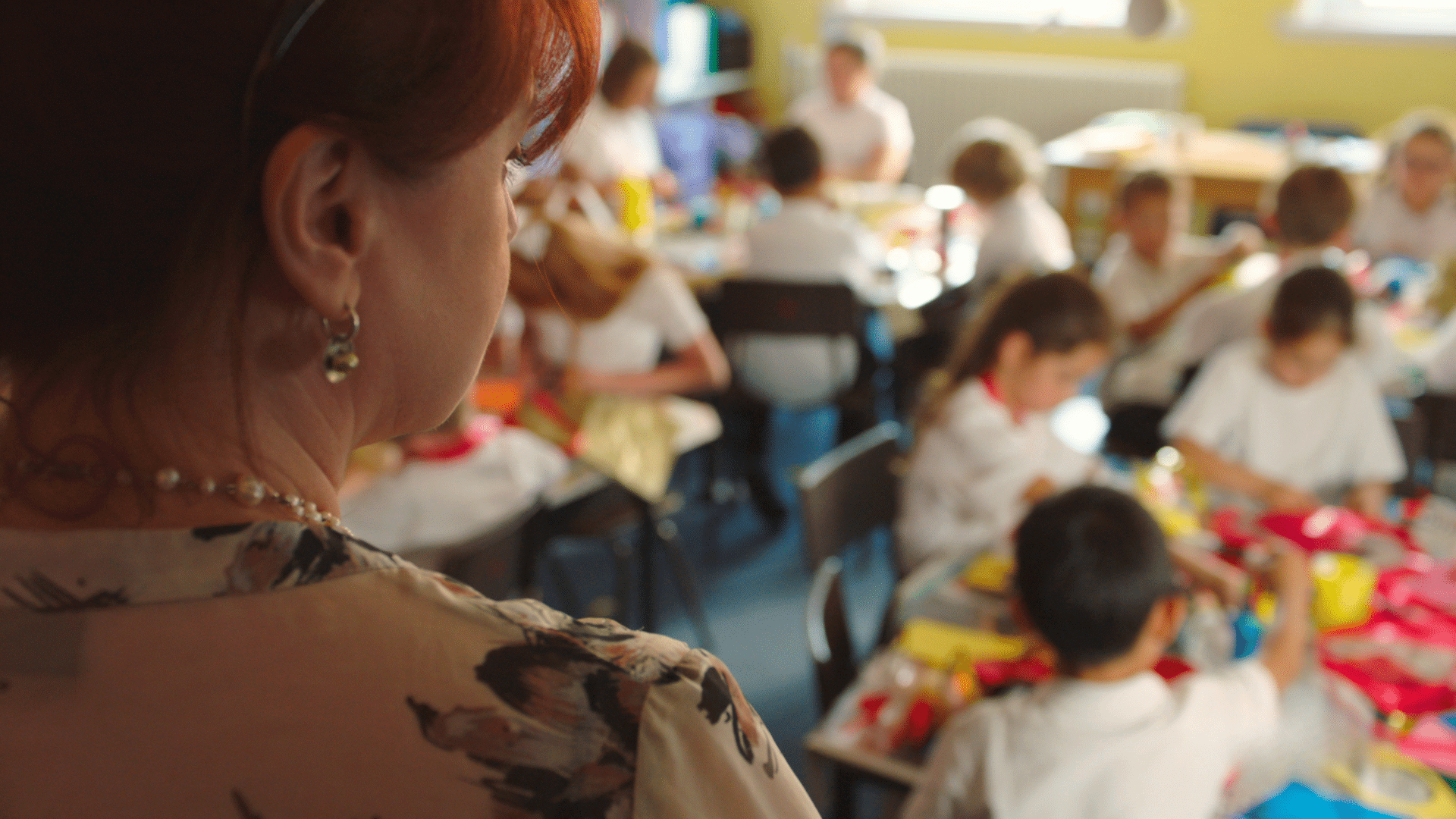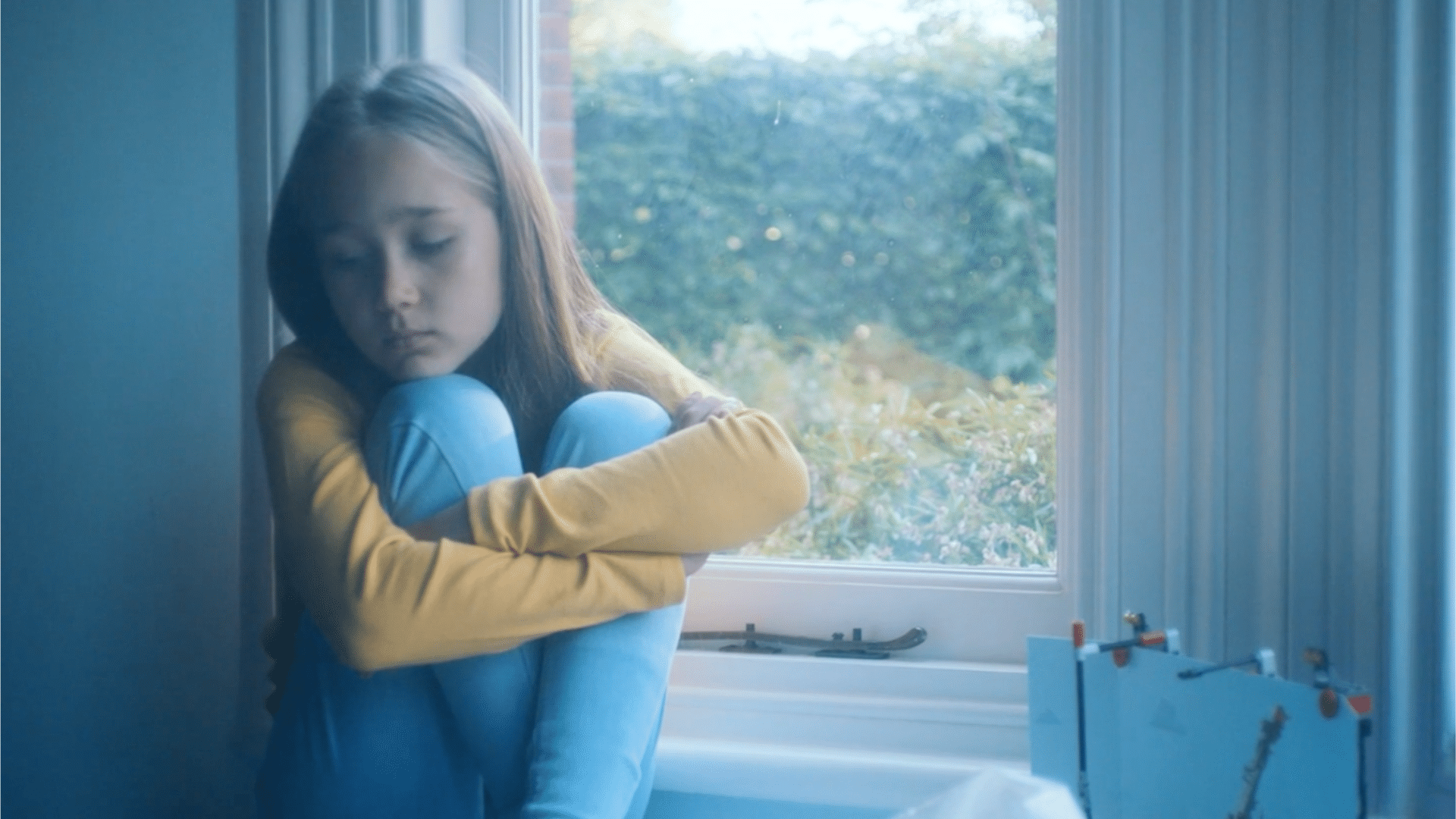
If everyone is educated to spot and understand what bullying is and to feel clear about the avenues of support available, bullying is less likely to become a crisis and far more likely to be nipped in the bud before long term harm is done.
‘Most people understand bullying as behaviour by an individual or group, repeated over time, that is intended to hurt another individual or group either physically or emotionally.’ (National Bullying Helpline)
It’s a small word that encompasses a very wide range of aggressions. It usually involves emotional, or physical, harm, and it’s not just between children. Adults can bully children, or may be bystanders (knowing, or unknowing). But bullying, so often internalised by the victim who may blame themselves, is never OK, and nor is standing by. In a society where bullying is becoming more and more of a concern, it seems more important than ever that the responsibility for addressing it does not lie on the shoulders of a single teacher, or a worried parent, but rather the communities in which it takes place. There is power in numbers – as every bully and victim knows – and increasingly schools are recognising the power that comes from a whole-school approach.
Bullying can cause enormous pain and suffering, and it also comes from a place of pain. People may become bullies because they themselves are being – or have been – bullied. They may bully because they may have witnessed it happening to someone else and fear becoming a victim if they’re not the bully. They may do it because they feel small, bad about themselves and disempowered. Or they may do it because they don’t know how to manage difficult social situations and emotions. At the end of the day, people – children and adults – bully because bullying gives them a sense of power, or a vent for their own pain. As the head of one of my local primary schools said to me recently, as I explored options for my four-year-old, when there is bullying, we send the bully to the school counsellor too. In other words, when we recognise the pain of the bully and why they’re bullying, then we stand a chance of changing things.
Bullying can take many forms, from physical aggression to verbal abuse, to cyber bullying. Spreading a rumour or making a cruel joke at someone else’s expense is bullying. Peer pressure where someone is forced into doing something they don’t want to do is also a form of bullying. Any form of exclusion, or discrimination, is bullying. As are attacks on a person’s property. In bullying, there is always a power play where the bully will use the victim to feel more powerful at the victim’s expense. It can be subtle, making it hard to call out, and it can turn up in unexpected places – for example in instances where teachers, authority figures, or family members are doing the bullying. Standing by and watching makes a person complicit, particularly if the person is in a position to make a difference – and that might be simply by calling it out and reporting it.
For a child, however, the position of bystander can be a very distressing one to be in. Bullies work through intimidation and fear. So being on the sidelines of bullying can be upsetting, or frightening. This is one reason why a whole-school, or community, approach to bullying is so invaluable. Where everyone – from the children to the staff and parents – is educated to spot and understand what bullying is and to feel clear about the avenues of support available, bullying is less likely to become a crisis and far more likely to be nipped in the bud before long term harm is done.
Where this doesn’t happen, the long-term effects of bullying should not be underestimated. There is likely to be depression and feelings of worthlessness that may last well into adulthood. A person who has been bullied may also find it hard, in later life, to trust people and to form long term friendships, or relationships. There may even be recourse to self-harm.
Where there is trauma, seeking professional help may be life-changing, and this may be in the form of a counsellor, or therapist.
But, if we can spot the signs, and if communities take timely and effective action, trauma doesn’t have to be the outcome. Some signs that a child may be experiencing bullying may be avoidance of school, new anxiety, or distress, withdrawal, struggling to eat, or sleep, unexplained injuries, belongings getting “lost”, or damaged, changes in their appearance, underperforming at school, or changes in their behaviour. It is important to understand the difference between bullying and a simple falling out with friends. Bullying is repetitive and persistent, where a fall-out is a one-off incident.
The Department for Education recommends that all schools have an Anti-Bullying Policy in place. Some schools may also have a “Buddy Scheme”, or “Mentoring Programme”, in which older pupils are trained in listening skills and are able to act as support for those who need it. It is important, too, to remember that there is no shame in being bullied – although bullying often works by creating shame. Many people are bullied, and most of us are vulnerable to it. It is not the victim’s fault and talking about it – however frightening – can make all the difference. The power of bullying is often in creating shame and secrecy. Breaking the silence is the most important step in overcoming it.
In the words of one young person:
“You are worth so much more than you think. Being bullied is scary, painful and really hard, but you don’t have to suffer in silence. Speak to someone you trust to let them know what is happening and together, you can work to make it better.” (Anonymous, from the charity Young Minds)
If you are a parent with a child who is, or may be, being bullied, talk to the school. For schools, the Anti-Bullying Alliance run a whole-school programme, United Against Bullying, helping you to tackle bullying as a whole community. Working together, building strong relationships between parents, staff and pupils, establishing easy communication channels, and creating awareness through education, may prevent a crisis and change lives.
By Sarah Nabarro





